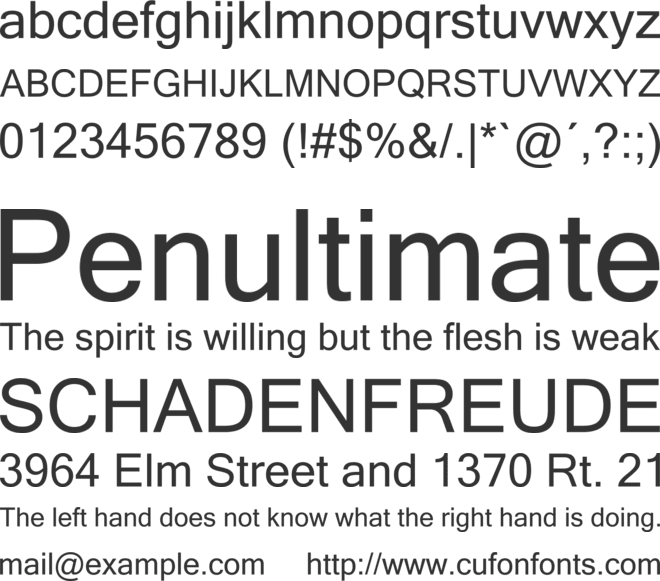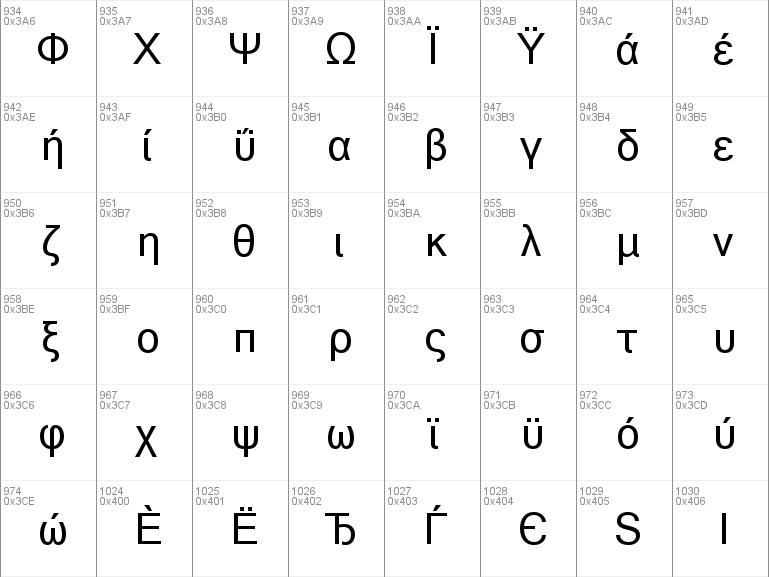

- Microsoft sans serif regular download install#
- Microsoft sans serif regular download license#
- Microsoft sans serif regular download Offline#
- Microsoft sans serif regular download windows#
This means when, for example, typing Microsoft, a 1px gap is being inserted between the capital M and the i. While doing all this, I found out that despite being an old raster font, the original font seems to have kerning information. To achieve 100% pixel perfection, one piece is still missing: Kerning. Src: url('MS Sans Serif 8pt.woff2') format('woff2') $ woff2_compress MS\ Sans\ Serif\ 8pt.ttf Therefore, we convert the TTF file to a WOFF2 file. For example, Firefox is picky when it comes to TTF files. The resulting TTF file won’t work in all browser.
Microsoft sans serif regular download Offline#
Note that there is also an offline version of this tool available at.

We’re now uploading the generated PNG file to an online tool that was specifically made for creating TrueType fonts that look like pixel fonts. Make sure to include the first line which is blank! TTF Font Creation
Microsoft sans serif regular download license#
License GPLv3+: GNU GPL version 3 or later Result: PKGBASE: /Applications/FontForge.appĬopyright (c) 2000-2020.
Microsoft sans serif regular download windows#
Adjust the FontForge path accordingly for Windows or Linux.) Run the script: /Applications/FontForge.app/Contents/MacOS/FontForge -script script.py MS\ Sans\ Serif_8.fnt Store the following script in a file called script.py (or any other name that you prefer): import os Using a Python script with FontForge, we can print all the ASCII characters that are available in the original file. In addition to the PNG file, you will also need a text string that just contains all the characters that are in the image. You will notice that I used the Latin 1 variant (code page 1252) of the font. $ convert MS\ Sans\ Serif_8.xbm MS\ Sans\ Serif_8.png $ psf2xbm MS\ Sans\ Serif_8.psf MS\ Sans\ Serif_8.xbm I convert them to PSF first, and then to XBM (an old bitmap graphics format), and finally to PNG: $ fnt2psf MS\ Sans\ Serif_8.fnt MS\ Sans\ Serif_8.psf I’m not going to convert all of them, but only use the smallest at 8pt, as this is the default size in Windows 95. These numbers might seem familiar to you from the good old days. Nice! So MS Sans Serif exists in sizes 8pt, 10pt, 12pt, 14pt, 18pt, and 24pt. fon file is a container that can contain multiple raster fonts for different sizes.
Microsoft sans serif regular download install#
If you are on macOS, you can install them like this: brew install woff2 psftools imagemagickįirst, we extract the. Here is what I did to convert the original Microsoft font (called sserife.fon) to the web font (woff2 format) that is used in the screenshots above. (The second line is the non-canvas approach.) Steps to Create a Web Font From a. This will result in a pixel-perfect rendering on macOS: You might want to right-click the image above and open it in a separate tab to view it in its original size to see the difference.Ī workaround to get pixel-perfect rendering on macOS is to draw the font at 80px on a element and then scale down the canvas element down to 10% of its size. On Linux, the font rendering is actually pixel-perfect, while macOS adds slight anti-aliasing. The first screenshot is from Firefox on Linux while the second one is from Firefox on macOS. For the German lower-case diacritical marks, all Headline Types complements contain alternative integrated accents which allow the compact setting of lower-case headlines.Here is a way that worked quite well. For a number of Bodytypes, hairlines and serifs were thickened or the whole typeface was adjusted to meet the optical requirements for setting type in small sizes. For the Bodytypes, fine spaces were created which prevented the smear effect on acute angles in small typesizes. In addition to the adjustment of spacing, there are also adjustments in the design. The kerning tables, as well, have been individualized for each of these type varieties. That of the Headline Types is decidedly more narrow in order to do justice to the requirements of headline typesetting. That of the Bodytypes is adjusted for readability. The most obvious differentiation can be found in the spacing. One is designed specifically for headline typesetting (SH: Scangraphic Headline Types) and one specifically for text typesetting (SB Scangraphic Bodytypes). Since the release of these fonts most typefaces in the Scangraphic Type Collection appear in two versions.


 0 kommentar(er)
0 kommentar(er)
